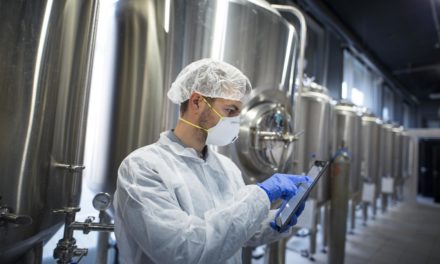In an era of increased performance demands both by government bodies and the public in general, pharmaceutical companies must depend more than ever on sound quality control.
Two concepts that merge in this modern environment are quality systems and risk analysis. The risks to be avoided are, more importantly, those to public health. Quality systems are a means by which to eliminate those risks within the manufacturing process.
Namely, there are three areas of quality that are of interest when looking at pharmaceuticals:
- Delivery of consistent label performance
- Lack of contamination
- Continued product availability
Looking at these three main quality concerns, we can also discern the associated risks: contamination, non-performance or ill-performance of product and product scarcity.
Lean compliance systems within the development and manufacturing areas of pharmaceutical companies bring forth the need to define and investigate quality systems and risk under one area, to achieve zero misalignment, team based operations, zero lost information, zero defects and zero waste of creativity in quality control systems. The risk is then controlled by installing quality systems within the process and doing away with the end-process testing view of quality and compliance.
Risk analysis and quality system analysis then go hand-in-hand when defining the elements of the development and manufacturing process, the investigation of each element, the streamlining process and the controls set up.
Total employee involvement and aggressive waste elimination in every sense build the necessary monitoring and quality-assurance within the development and manufacturing areas and allow swifter and more comprehensive compliance checks and processes. This is a welcome development for both industry and regulatory agencies.
Formal risk analytical tools within the quality systems of pharmaceutical companies control and eliminate risks to pharmaceutical quality and are essentially used by pharmaceutical consulting firms. Quality systems and risk analysis are viewed as the principal means through which public health can remain protected.






